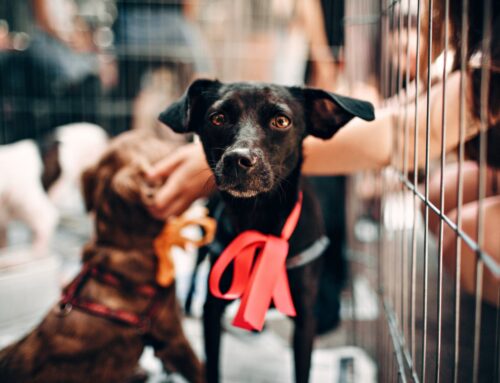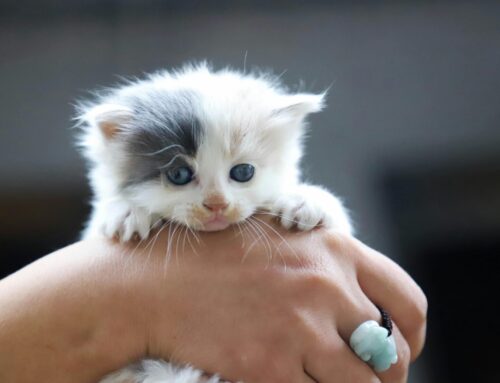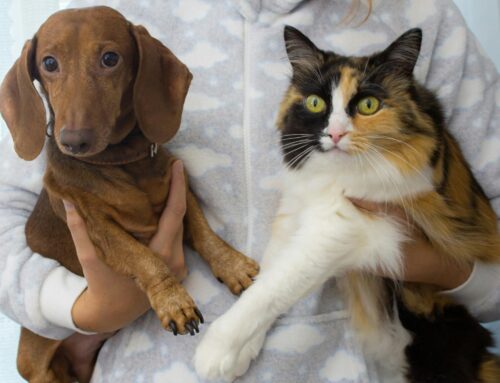As a pet owner, understanding how cats chew and digest is essential for their well-being. Cats are fascinating creatures, known for their independence and mysterious ways. From kittenhood to their senior years, a cat’s biology is designed to support their carnivorous diet, but they can still face medical challenges along the way. In this blog, we will explore how cats chew and digest food, common medical issues that can arise, and tips for keeping your feline friend healthy at every stage of life.
How Cats Chew: A Specialized Process
Cats are obligate carnivores, which means their bodies are specifically adapted to consume and digest animal-based proteins. Their chewing mechanics are built for tearing meat and breaking down tougher tissues, such as bones and connective tissues. Unlike humans or dogs, cats don’t chew in the same way. Here’s how it works:
1. The Anatomy of a Cat’s Mouth
A cat’s mouth is designed for grasping, tearing, and cutting food rather than grinding. Their sharp, pointed teeth, known as carnassials, are specialized for slicing through meat and fibrous tissue. The molars in the back of their mouth, while present, are small and not used for grinding like a human’s. Cats do not chew their food in a side-to-side motion, like dogs, but instead, they use a combination of pulling and tearing motions to break down their meal.
2. The Role of Saliva
Saliva plays a crucial role in the digestive process. While cats don’t produce much saliva, the small amount they do secrete helps to lubricate the food and begin the breakdown of proteins. However, because cats lack the chewing process that many other animals use to break down food into smaller, more digestible pieces, much of the mechanical digestion happens later in the stomach and intestines. Hence, how cats chew and digest is different than other mammals.
3. The Process of Chewing
Cats typically use their front teeth (incisors) to grasp food and tear it into smaller, bite-sized pieces. Then, their back teeth (molars and premolars) help slice and tear the food. However, many cats will swallow food that is not as thoroughly chewed, especially if the food is soft, like wet food or small kibble. This is why it’s essential to feed your cat food with the proper texture, depending on their age and dental health.
How Cats Digest: A Carnivorous System
Cats have a short digestive tract designed to efficiently process meat. Unlike omnivores or herbivores, cats don’t need to break down large amounts of fiber or carbohydrates, so their system is optimized for quick digestion of proteins and fats. The digestion process in a cat’s body can be broken down into the following stages:
1. The Stomach: Acidic Environment for Protein Breakdown
Once food enters the stomach, it is mixed with gastric juices containing hydrochloric acid and digestive enzymes. The acidic environment helps break down proteins and kills any harmful bacteria that might have been ingested along with the food. This is especially important for cats, as their diet primarily consists of raw meat in the wild, which may contain pathogens.
2. The Small Intestine: Absorption of Nutrients
After the stomach, food enters the small intestine, where most of the digestion and absorption of nutrients occurs. In the small intestine, enzymes further break down proteins, fats, and carbohydrates. The villi (tiny finger-like projections) lining the intestine absorb the nutrients, including amino acids, fatty acids, and vitamins, which are transported to the bloodstream for use by the body.
3. The Large Intestine: Water Absorption
The large intestine absorbs water and some remaining nutrients that weren’t absorbed in the small intestine. By the time food reaches the large intestine, most of the nutrients have already been absorbed, and the remaining waste is formed into feces.
4. The Role of the Liver and Pancreas
The liver plays a significant role in digestion by producing bile, which aids in the digestion of fats. The pancreas secretes digestive enzymes that help break down proteins, fats, and carbohydrates. Both organs are essential for a cat’s digestive health, helping to ensure that the body can process and absorb nutrients effectively.
Common Medical Problems in Cats
Despite their efficient digestive system and specialized chewing mechanics, cats can face a range of medical issues that affect their ability to chew, digest, and maintain overall health. Here are some of the most common health problems cats may encounter throughout their lives:
1. Dental Problems
Dental issues are common in cats, especially as they age. Some of the most prevalent dental problems include:
Dental disease: Cats can suffer from gingivitis, periodontitis, or tooth resorption, which can cause pain, difficulty eating, and bad breath. Left untreated, dental disease can lead to tooth loss and infections.
Plaque and tartar buildup: Just like humans, cats can accumulate plaque and tartar on their teeth. If not cleaned regularly, this buildup can lead to infection and inflammation in the gums and mouth.
Tooth abscesses: Cats may develop abscesses around their teeth, which can be painful and cause swelling in the face.
Regular vet checkups and teeth cleaning can help prevent many of these issues. It’s also essential to provide your cat with dental-friendly food, such as dry kibble or special dental treats, to help clean their teeth naturally.
2. Gastrointestinal Issues
Cats can experience a variety of gastrointestinal problems, which can affect their ability to digest food properly. Some of the most common issues include:
Inflammatory bowel disease (IBD): This condition occurs when the gastrointestinal tract becomes inflamed, leading to symptoms such as vomiting, diarrhea, weight loss, and a reduced appetite.
Food allergies: Some cats may have allergies to specific ingredients in their food, such as dairy, beef, or grains. Food allergies can lead to digestive upset, skin issues, and other symptoms.
Constipation: Constipation is common in older cats, and it can lead to difficulty passing stool, discomfort, and bloating.
Hairballs: While hairballs are normal for cats, excessive hairball formation can lead to digestive issues. If not expelled properly, they can cause a blockage in the gastrointestinal system.
Maintaining a proper diet that includes sufficient fiber, hydration, and regular grooming can help prevent many gastrointestinal issues. If you notice any changes in your cat’s digestion, such as persistent vomiting, diarrhea, or loss of appetite, consult your veterinarian.
3. Obesity
Obesity is a growing concern for cats, particularly indoor cats. When a cat is overweight, it can lead to a range of health problems, including:
Diabetes: Obesity is a major risk factor for feline diabetes, a condition that affects the body’s ability to regulate blood sugar.
Joint problems: Excess weight can put strain on a cat’s joints, leading to arthritis and mobility issues.
Heart disease: Like humans, cats who are overweight are at an increased risk of heart disease.
Feeding your cat a balanced diet, controlling portion sizes, and encouraging regular exercise are essential steps to prevent obesity.
4. Kidney Disease
Chronic kidney disease (CKD) is common in older cats and can lead to a decline in kidney function. Symptoms of CKD include increased thirst and urination, weight loss, and loss of appetite. Kidney disease is progressive, but with early detection, it can be managed with medication and dietary changes.
How to Keep Your Cat Healthy: From Kitten to Senior
Cats go through several stages in life, and their healthcare needs change as they age. Here’s how to keep your cat healthy throughout each stage:
Kittenhood (0-6 Months)
Vaccinations: Ensure your kitten receives all necessary vaccinations, including rabies, feline distemper, and feline herpesvirus.
Socialization: Kittens should be exposed to various people, animals, and environments to develop proper social behaviors.
Nutrition: Feed your kitten a high-quality kitten food that supports their growth and development. Kittens have higher energy requirements and need a diet rich in protein and fat.
Adulthood (1-7 Years)
Preventative Care: Continue with regular veterinary checkups and vaccinations. Routine dental care is also essential.
Diet: Ensure your cat is eating a balanced diet appropriate for their age and activity level. Avoid overfeeding and provide opportunities for exercise and play.
Spaying/Neutering: If not already done, consider spaying or neutering your cat to prevent unwanted pregnancies and reduce the risk of certain cancers.
Senior Years (7+ Years)
Regular Vet Checkups: Older cats require more frequent veterinary visits to monitor for age-related health issues, including kidney disease, arthritis, and dental problems.
Diet Adjustments: Senior cats may need a special diet that is lower in calories but higher in protein to maintain muscle mass. Your vet can recommend a diet based on your cat’s health needs.
Pain Management: If your cat is diagnosed with arthritis or another painful condition, discuss pain management options with your vet, such as medications or joint supplements.
Conclusion
Caring for cats involves understanding their unique biology, including how cats chew and digest food. By keeping an eye on common medical problems and taking proactive steps to maintain their health, you can ensure your cat lives a long, happy, and healthy life. From kittenhood through their senior years, providing a balanced diet, regular vet checkups, and a loving environment will go a long way in keeping your feline companion in top shape.




